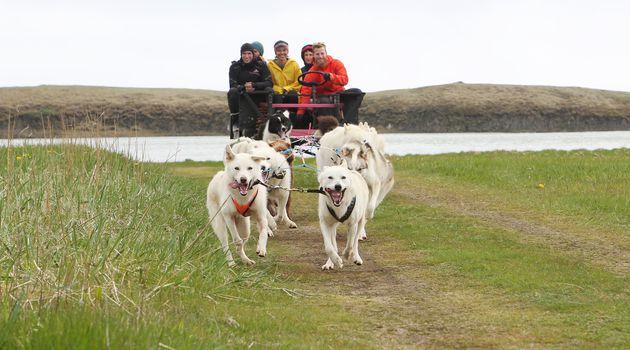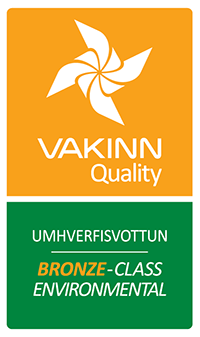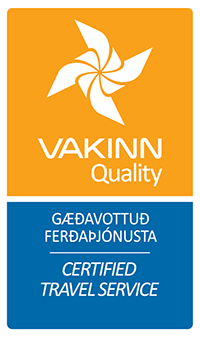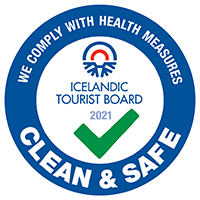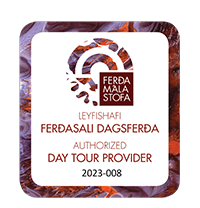Iceland is a destination that transforms with the seasons, offering unique experiences no matter when you visit. From the Midnight Sun of summer to the magical Northern Lights of winter, the best time to visit Iceland depends on what you want to see and do. Here’s a guide to help you decide.
Visiting Iceland in Summer (June to August)
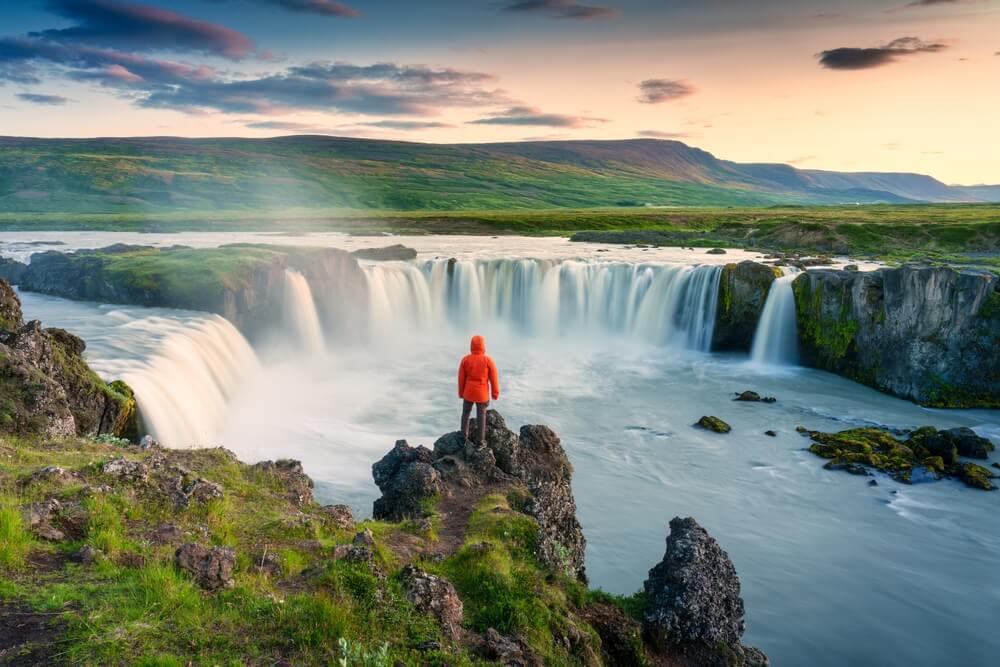
Why Visit Iceland in Summer?
Summer offers the best access to Iceland’s natural wonders and outdoor activities, making it the peak season for visitors. Offering a unique opportunity for a summer road trip adventure.
Key Highlights
- Almost 24 hours of daylight due to the Midnight Sun.
- Accessibility to most roads and highland areas.
- Ideal for hiking, whale watching, and exploring the Ring Road.
Tips for Summer Travelers
- Book accommodations and tours early to secure your spot.
- Pack an eye mask to help with sleeping during the Midnight Sun.
Summer is the most popular time to visit Iceland, and it’s easy to see why. The weather is milder, the days are long, and the country is at its most accessible.
The Midnight Sun provides almost 24 hours of daylight, giving you endless opportunities to explore. During this time, most roads and attractions, including the highlands, are open and easily accessible. Popular activities include hiking, whale watching, and road trips along the iconic Ring Road, making summer an ideal season for adventure.
Tip: Book accommodations and tours well in advance, as this is peak tourist season.
Visiting Iceland in Winter (November to February)
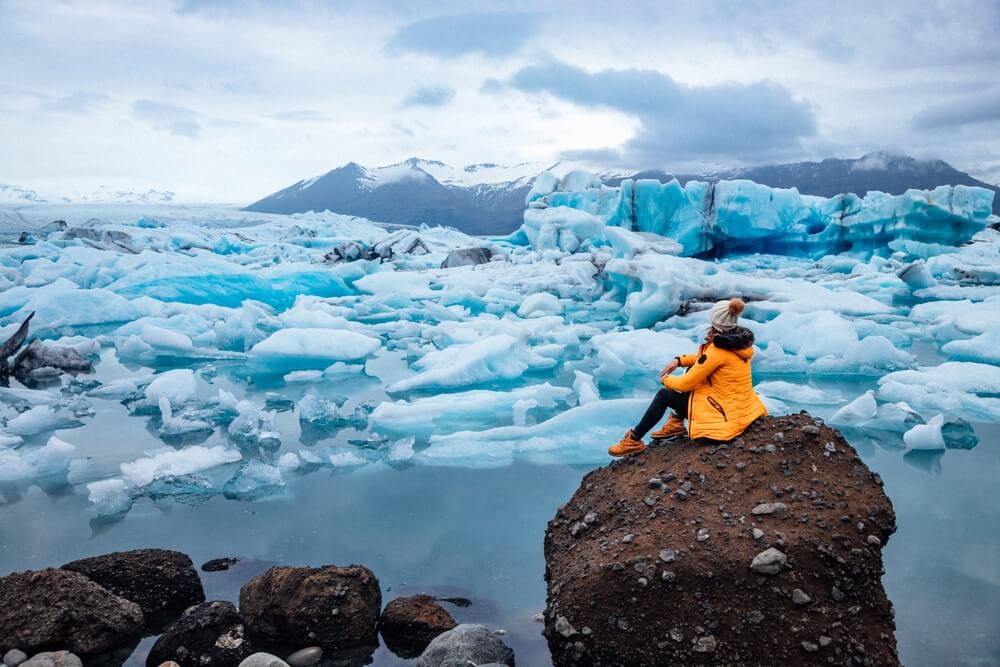
Why Visit Iceland in Winter?
Winter transforms Iceland into a snowy wonderland, perfect for those seeking magical landscapes and Northern Lights adventures.
Key Highlights
- Spectacular views of the Aurora Borealis.
- Guided tours of ice caves and glaciers.
- Cozy experiences in Reykjavík’s cafes and hot springs.
Tips for Winter Travelers
- Dress warmly and layer up to handle freezing temperatures.
- Check road conditions daily before heading out using websites like umferdin.is where you can see live update.
Winter in Iceland is a wonderland of snowy landscapes and shimmering skies. If you’re dreaming of the Northern Lights, this is the time to go.
Witness the magical Nothern ligths, also called Aurora Borealis, as it dances across the night sky, creating an unforgettable winter experience. Explore ice caves and glaciers on guided tours, immersing yourself in Iceland’s frozen landscapes. After a day of adventure, cozy up in Reykjavík’s cafes and indulge in delicious Icelandic comfort food.
Tip: Be prepared for cold weather and shorter daylight hours, and always check road conditions before traveling.
Visiting Iceland in Spring (April to May)
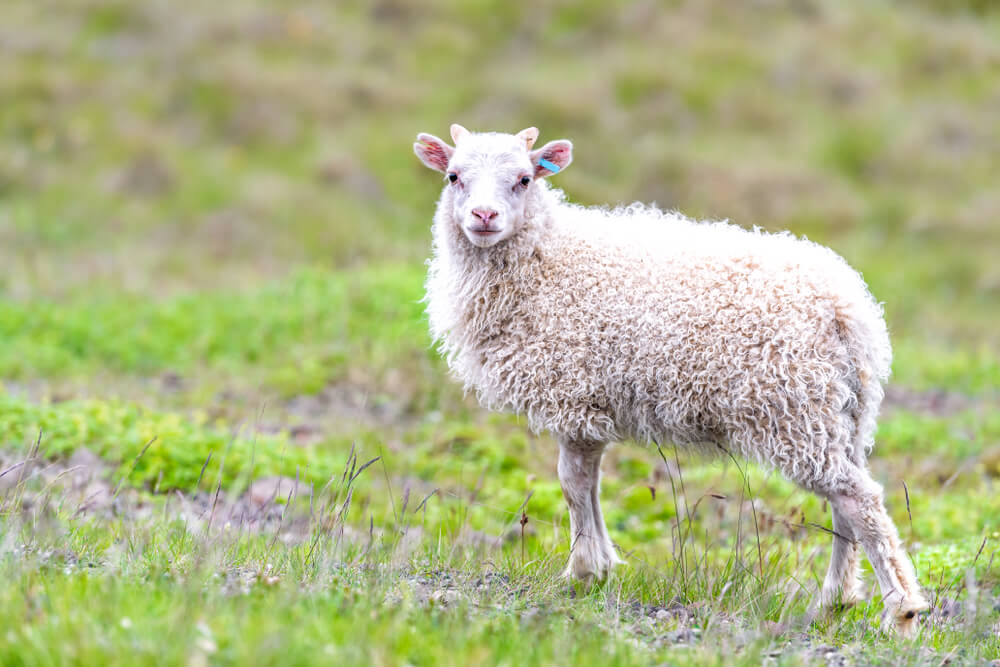
Why Visit Iceland in Spring?
Spring combines the beauty of melting snow and blooming landscapes, offering a quieter experience compared to summer.
Key Highlights
- Powerful waterfalls fueled by snowmelt.
- The return of puffins and other migratory birds.
- Fewer crowds at popular attractions.
Tips for Spring Travelers
- Pack versatile clothing for unpredictable weather.
- Take advantage of smaller crowds for a relaxed experience.
Spring is a quieter time to visit Iceland, offering a mix of winter’s beauty and summer’s accessibility. The landscapes come alive with blooming wildflowers and migrating birds.
As melting snow fuels the rivers, waterfalls reach their most powerful flow, creating breathtaking sights. Puffins return to Iceland’s cliffs for nesting, offering a unique wildlife experience. With fewer crowds, spring provides a more peaceful way to explore popular sites and enjoy Iceland’s natural beauty.
Tip: Layer your clothing—spring weather can be unpredictable, ranging from sunny to snowy in a single day.
Visiting Iceland in Autumn (September to October)
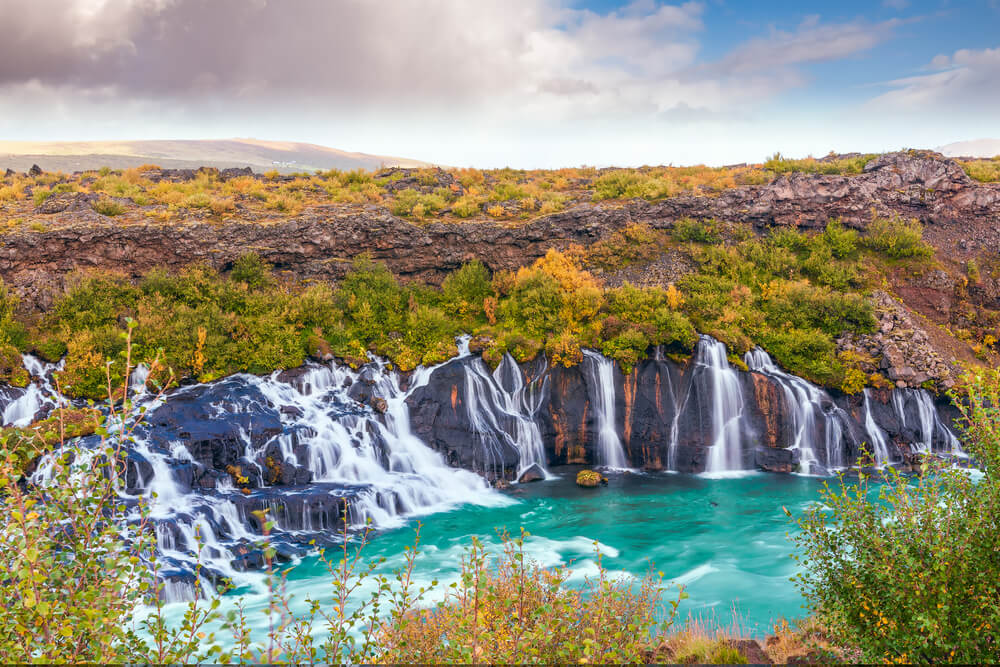
Why Visit Iceland in Autumn?
Autumn offers stunning fall colors, early glimpses of the Northern Lights, and a quieter travel experience.
Key Highlights
- Gorgeous golden hues across the landscapes.
- Harvest festivals and seasonal Icelandic dishes.
- Lower tourist numbers and more affordable travel options.
Tips for Autumn Travelers
- Plan outdoor activities for early autumn to enjoy mild weather.
- Pack layers for the cooler temperatures.
Autumn in Iceland is a hidden gem. As summer fades, the landscapes transform with golden hues, and the Northern Lights start to appear.
Catch the Northern Lights as early as September, marking the start of Iceland’s magical aurora season. Experience harvest festivals and seasonal cuisine, celebrating local flavors and traditions. With fewer tourists, attractions are quieter, and you can enjoy better deals on accommodations, making autumn a great time to visit.
Tip: Early autumn still has relatively mild weather, making it great for outdoor activities.
Comparing the Seasons

Seasonal Highlights at a Glance
Summer
- Long days for exploring highlands and waterfalls.
- Perfect for road trips and whale watching.
Winter
- Best for the Northern Lights and ice caves.
- A snowy paradise for photographers.
Spring
- Birdwatching and powerful waterfalls.
- A peaceful time with fewer tourists.
Autumn
- Fall colors and early Northern Lights.
- Enjoy quieter attractions and local events.
Summer is the best time for long days, scenic road trips, and exploring Iceland’s remote highlands under the Midnight Sun. Winter offers a magical landscape perfect for spotting the Northern Lights, venturing into ice caves, and enjoying snowy adventures. Spring is ideal for bird watching, witnessing powerful waterfalls, and experiencing Iceland with fewer crowds. Autumn brings stunning fall colors, early chances to see the Northern Lights, and a quieter, more peaceful atmosphere for travelers.
Practical Tips for Choosing When to Visit
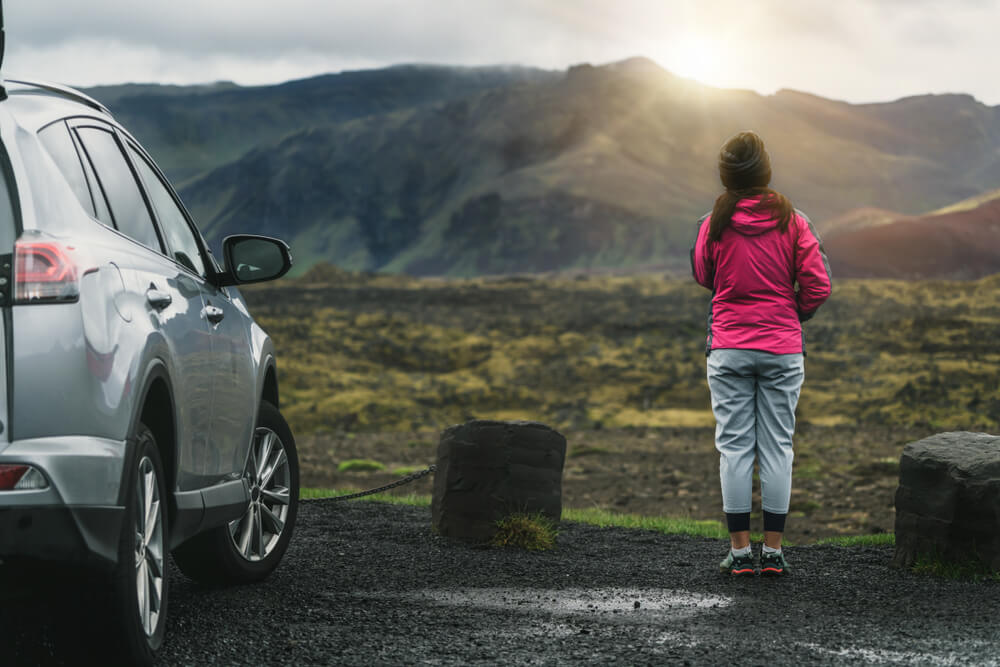
Planning Around Activities
Different seasons offer unique activities, so choose based on your interests.
Activity-Specific Advice
- Summer: Great for hiking and driving the Ring Road.
- Winter: Ideal for Northern Lights and ice cave tours.
- Spring: Perfect for puffin spotting and waterfalls.
- Autumn: Best for fall colors and seasonal festivals.
Budget Considerations
Iceland is a breathtaking destination, but costs can vary significantly depending on the season. Here’s what to keep in mind when budgeting for your trip:
Seasonal Cost Tips
- Summer: Higher prices for flights and accommodations.
- Spring and Autumn: More budget-friendly options.
To save money year-round, consider self-catering meals, budget accommodations, and free natural attractions like waterfalls and hiking trails.
Packing for Iceland’s Weather
Iceland’s weather is famously unpredictable, with sudden changes in temperature, wind, and rain—sometimes all in the same day! Whether you're visiting in summer or winter, layering is key.
Packing Essentials
- Plan Around Activities: If you have specific activities in mind, such as glacier hiking or seeing puffins, choose a season when they’re available.
- Consider Your Budget: Summer is peak season, so prices for flights and accommodations are higher. Spring and autumn often offer better deals.
- Be Weather-Ready: Iceland’s weather is famously unpredictable. No matter the season, pack layers and waterproof gear.
Packing layers, waterproof gear, and sturdy footwear is essential for Iceland’s unpredictable weather. In colder months, don’t forget accessories like hats and gloves to stay warm and comfortable during your adventures.
Conclusion
The best time to visit Iceland depends entirely on what you want to experience. Each season offers something unique, from endless summer days to the winter’s magical Northern Lights. Whenever you go, Iceland’s natural beauty and charm will leave you in awe.

